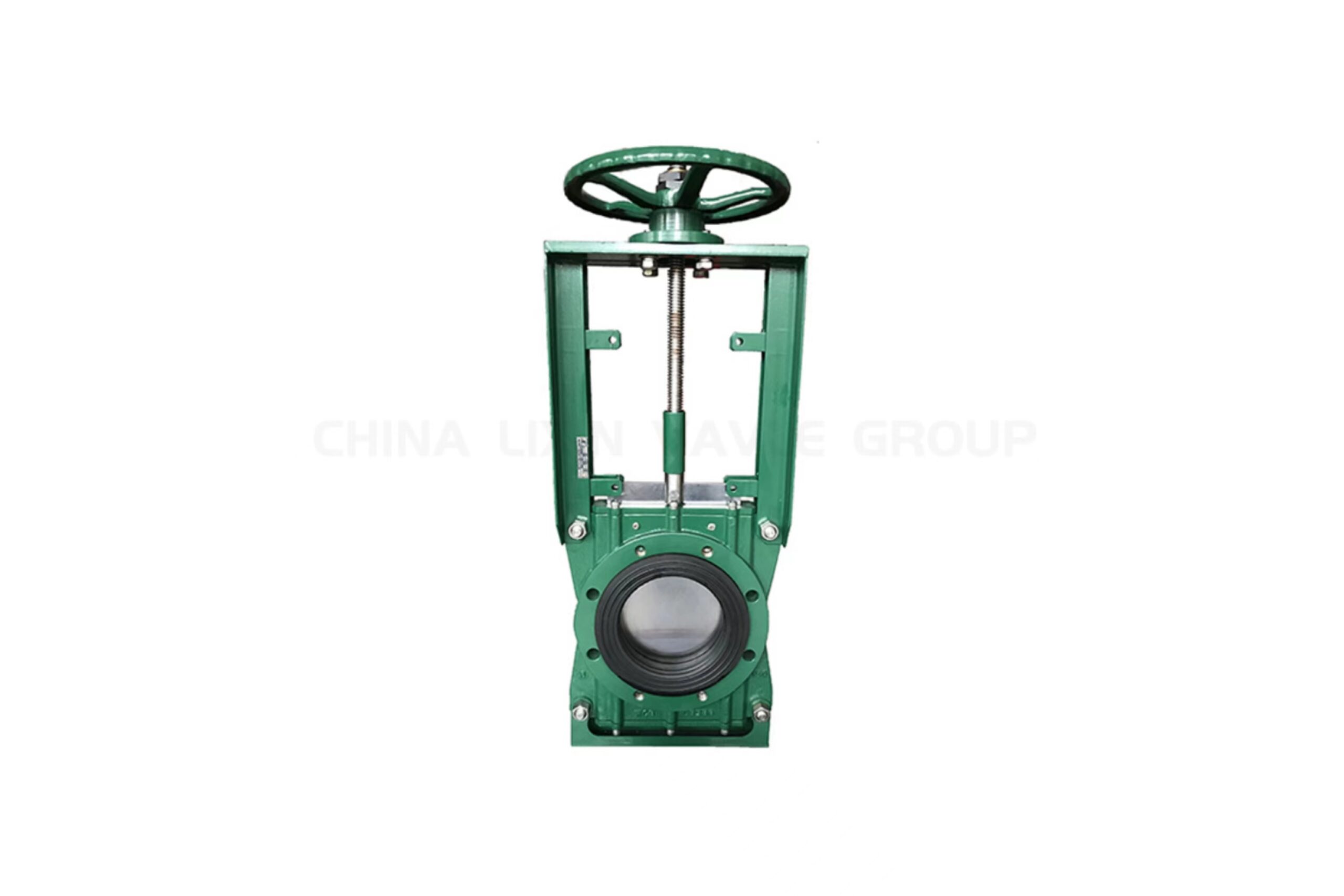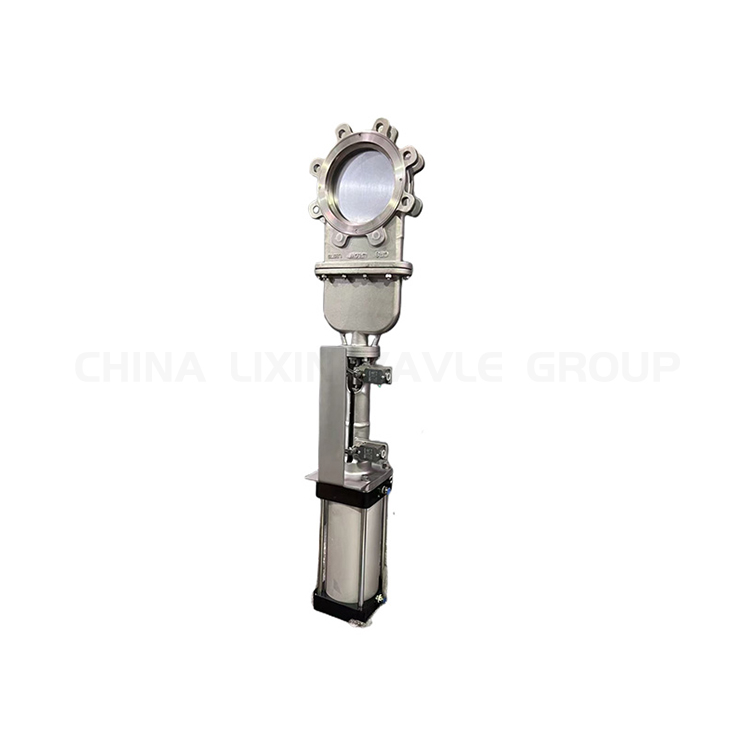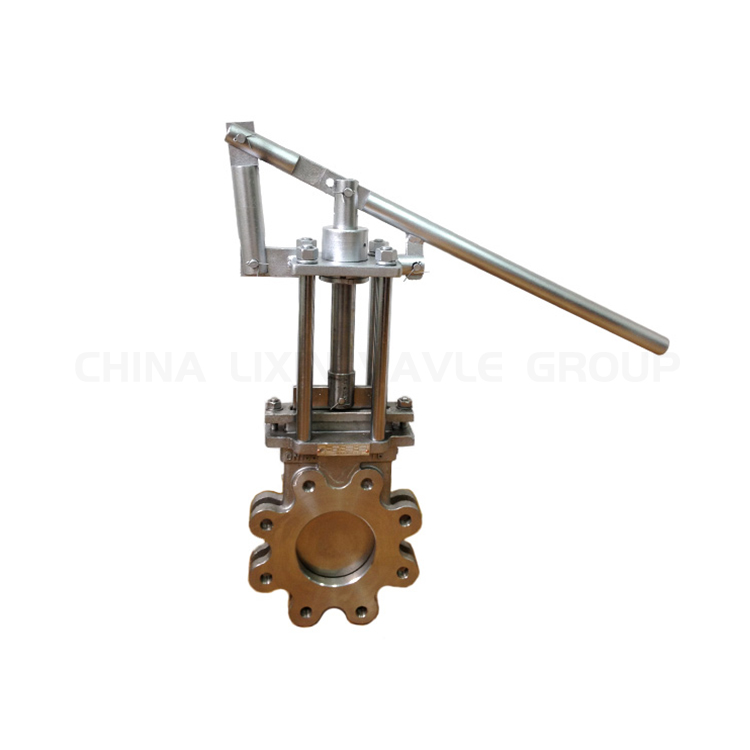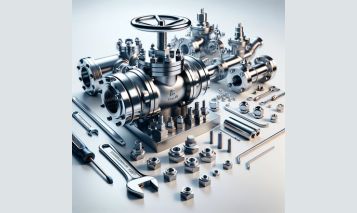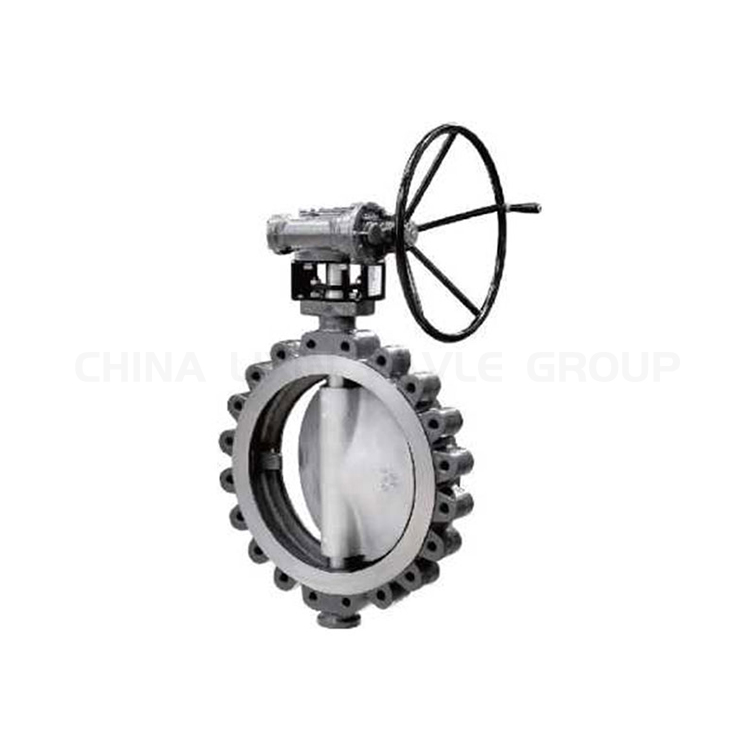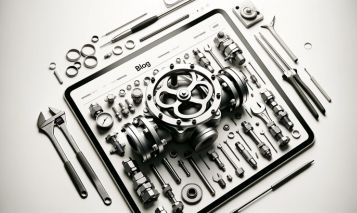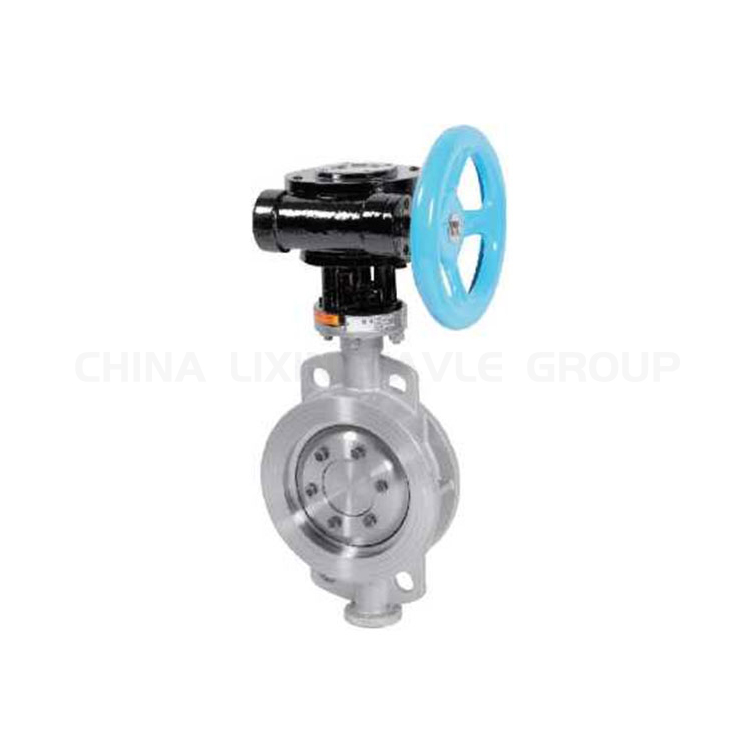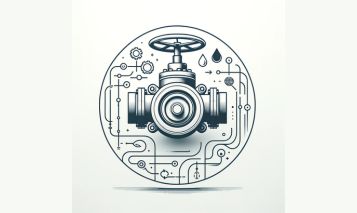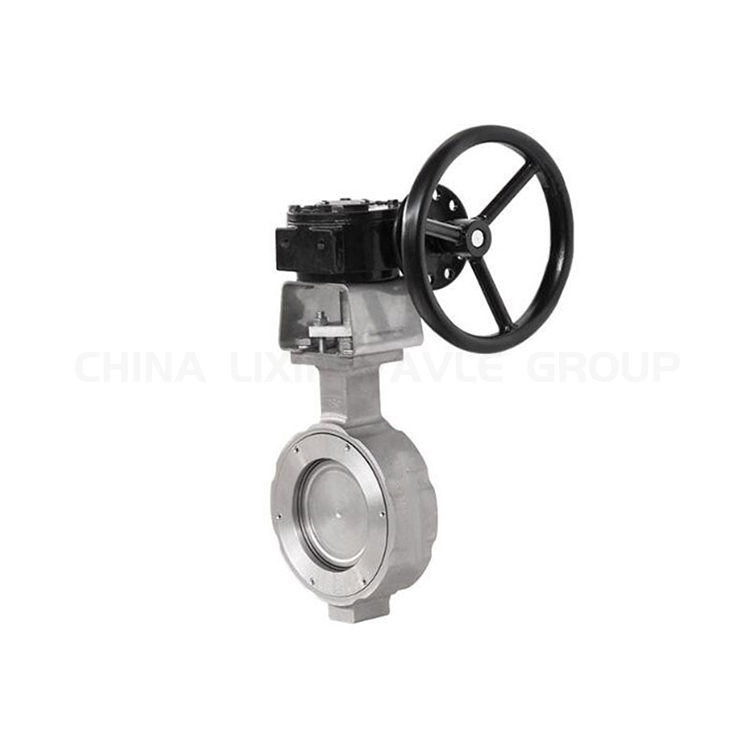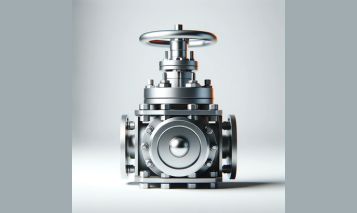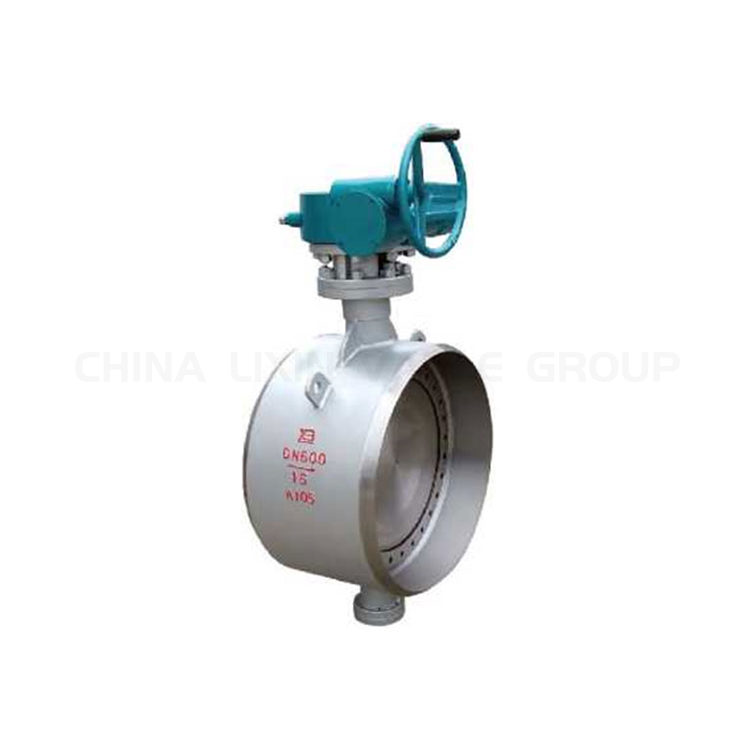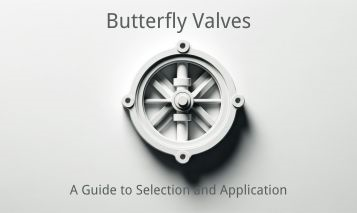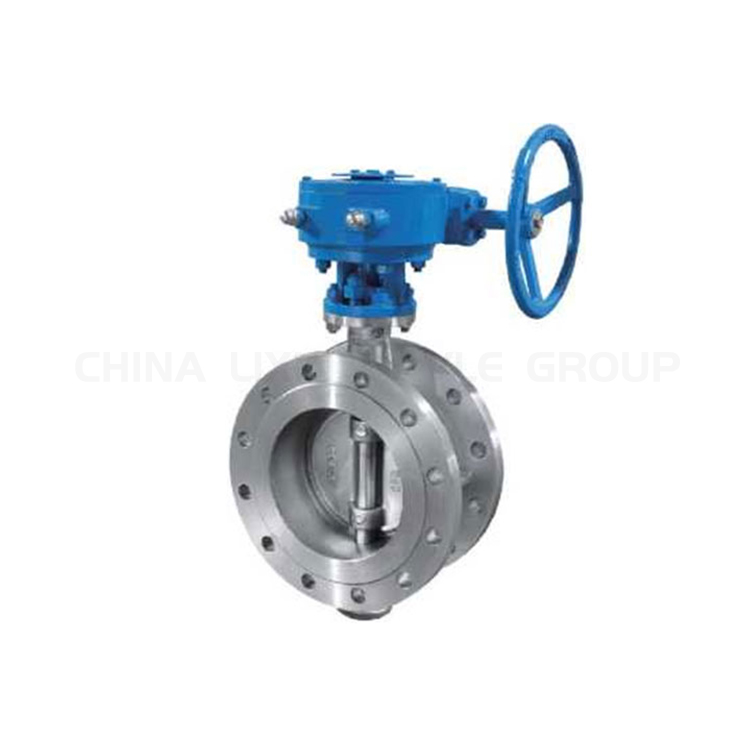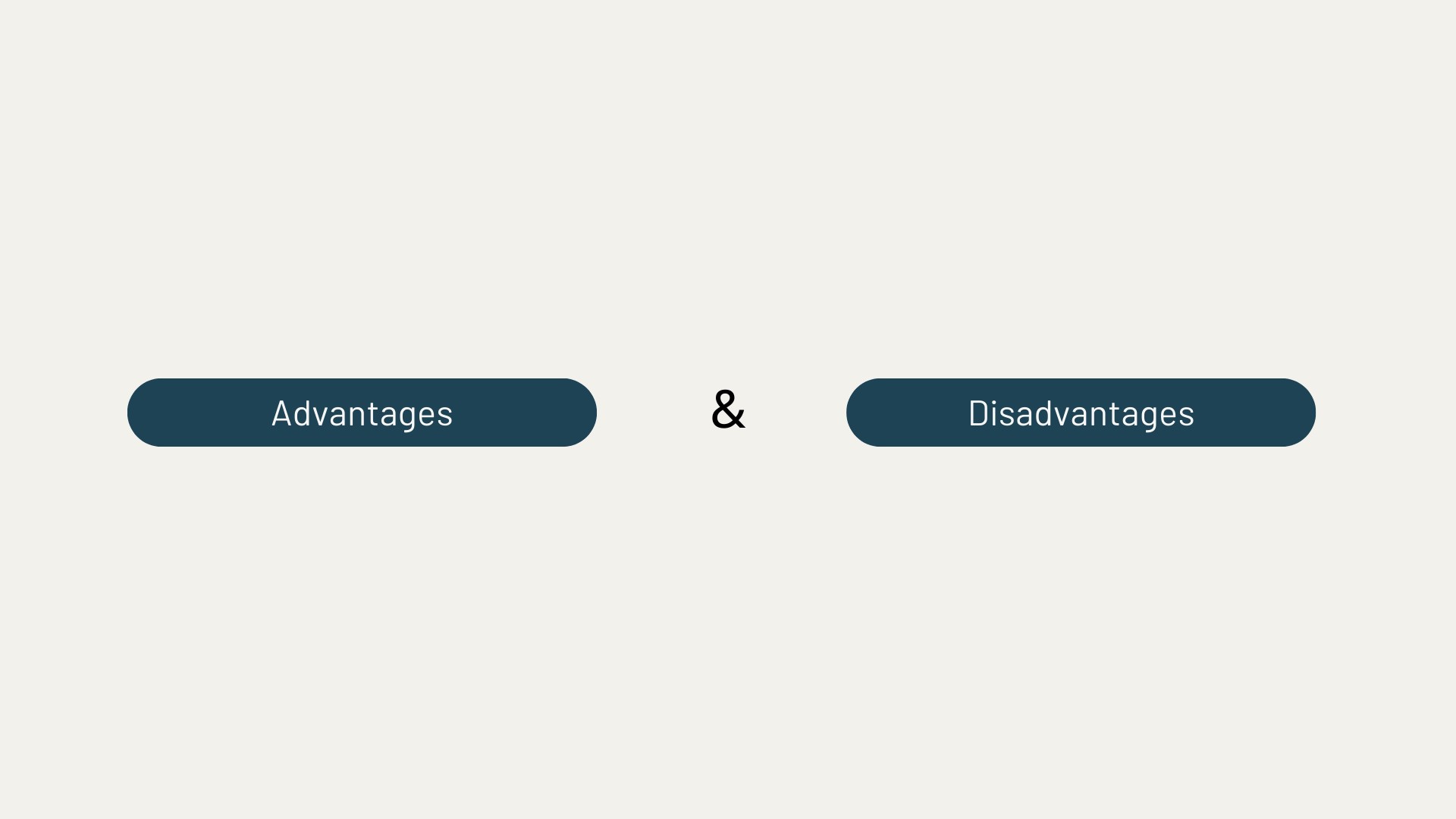Signs Your Valve Needs Maintenance
Valves play a crucial role in controlling the flow of fluids and gases in various industries. Regular maintenance is essential to ensure optimal performance and extend the lifespan of your valves. Here are some signs that indicate your valve might need maintenance:
Internal Leaks
Hunt down those sneaky leaks like a leak detective on a mission. Check for any signs of leakage around valve joints, connections, or valve seals. Even the tiniest drip can indicate a potential problem that needs immediate attention. Remember, a leaky valve is like a faucet that refuses to turn off—it can lead to wasted resources, decreased efficiency, and unhappy customers.
External Leaks
Besides internal leaks, keep an eye out for external leaks. If you notice any fluid seeping from the valve body or connections, it’s time to investigate further.
Unusual Noises
Listen carefully! Unusual noises, such as grinding, squeaking, or hissing, can signal issues within the valve. Investigate any sounds that deviate from the norm.
Sticking or Jams
If your valve handle is difficult to turn or feels stuck, it’s a red flag. Valves should operate smoothly. Any resistance or jamming indicates a need for maintenance.
Corrosion
Corrosion is the arch-nemesis of valve longevity. Take a good look at your valves and keep an eye out for any signs of rust, pitting, or deterioration. Corroded valves not only compromise performance but can also pose safety risks.
Difficulty Opening or Closing
If your valve won’t open or close properly, it’s time to investigate. Proper valve operation is essential for efficient processes.
Maintenance Schedule
Lastly, consider the time since your last industrial valve maintenance. If it’s been more than a year, it’s a good idea to schedule preventive maintenance.
Remember, proactive valve maintenance can prevent costly breakdowns and ensure smooth operations. Regular checks and timely repairs will keep your valves in top shape! And don’t forget to involve your trusted valve manufacturer and valve supplier in the maintenance process.
For More Detailed Information, Visit: Lixin Valve Group




 Request a Quote
Request a Quote

